One way or another, it’s going to get done.
In parts of South Dakota, this adage is keeping growers motivated during planting season.
“Our planting was delayed by approximately two weeks,” said Mike McCranie, vice chair of Northern Soy Marketing (NSM). “Our snow just refused to leave.”
And when that stubborn snow finally decided to melt, it went out with a bang.
“We had a lot of snow this winter and when it started melting, we had three or four warm days in a row, so the runoff levels were way above normal,” said McCranie, who also serves as treasurer of the South Dakota Soybean Research and Promotion Council. “Anything that was lying in a floodplain got flooded.”
The McCranie operation has a healthy start on corn planting, though as of May 19 their planted soybean acres aren’t where they’d like them to be.
“We haven’t planted any soybeans to date,” McCranie said. “We’ll probably finish planting corn around May 23, and then we’ll push really hard on soybeans and go until we either run out of ground or run out of calendar.”
As of May 21, 56 percent of South Dakota’s soybean crop was planted, 31 percent ahead of last year.
In North Dakota, planting progress has been sporadic with only 20 percent of the soybean crop in the ground.
“It hasn’t gone smoothly yet,” said Dan Spiekermeier, NSM secretary/treasurer. “We’ve only got a couple of fields planted so far. We got some planted last week before the rain and got going again just a couple of days ago. And then we had some mechanical issues that slowed us down.”
Despite delays, Spiekermeier remains optimistic for the 2023 growing season.
“We’re kind of on track to do the same dates as last year,” said Spiekermeier, who also sits on the North Dakota Soybean Council board. “We had a pretty decent year last year and ended up with average yields. I’d take that again.”
This isn’t the first time growers have contended with a late spring and McCranie points out Mother Nature’s power.
“It’s incredible what these plants can do with a longer fall and a lot of heat units,” McCranie said.
Overall, 66 percent of the United States’ soybean acreage was planted by May 21, 19 percentage points ahead of last year 14 points ahead of the five-year average.
As soon as planting wraps up, growers across the Upper Midwest will transition into spraying – an endeavor that continues throughout the summer months.
“Weed control is next on the docket after planting,” Spiekermeier said. “We have to get our soybeans sprayed before they emerge.”
But first thing’s first – finish getting that seed in the ground.


